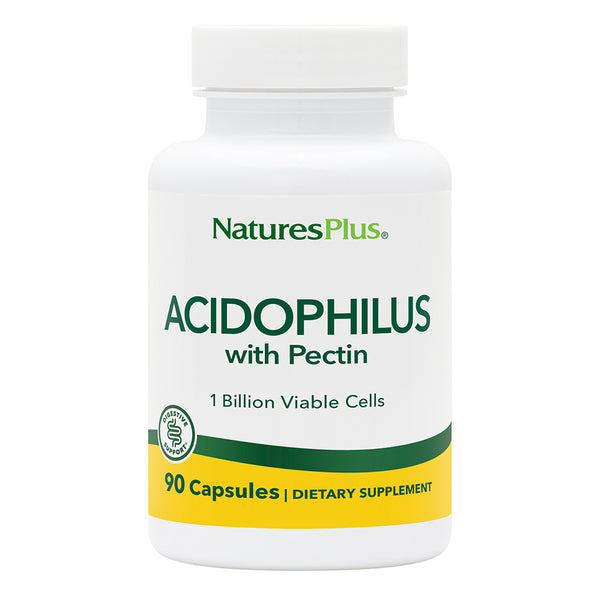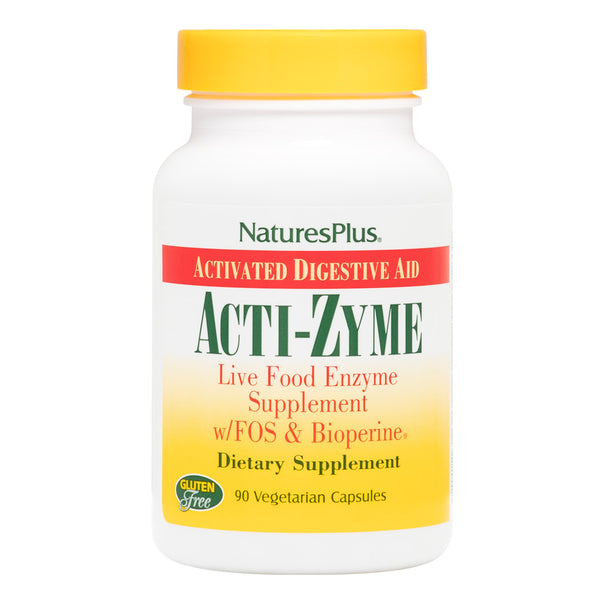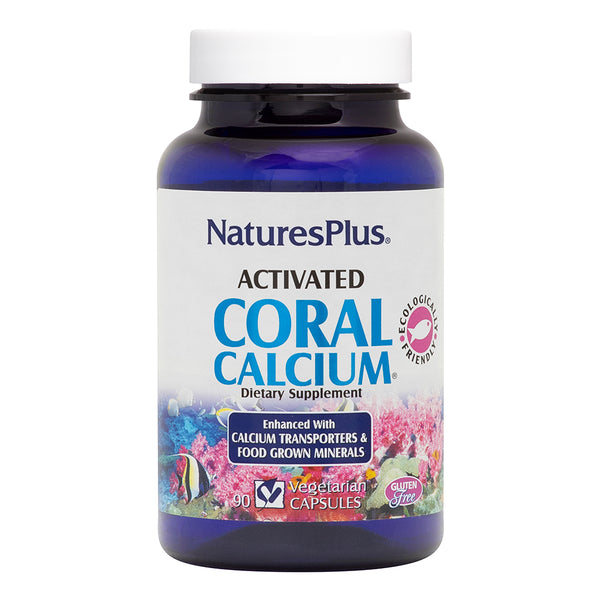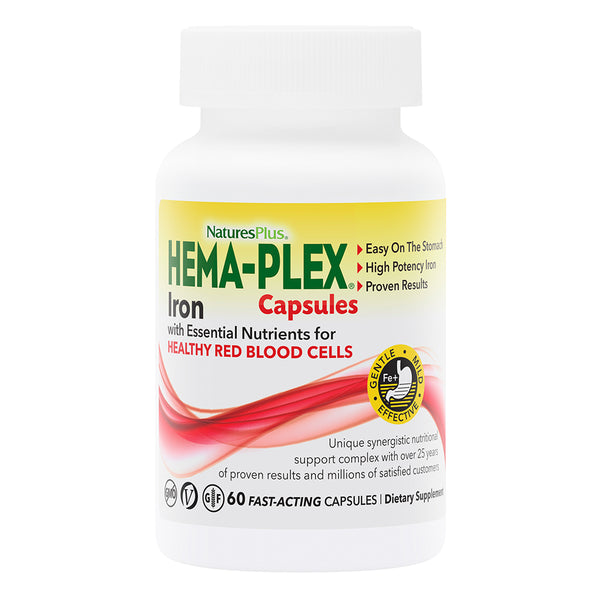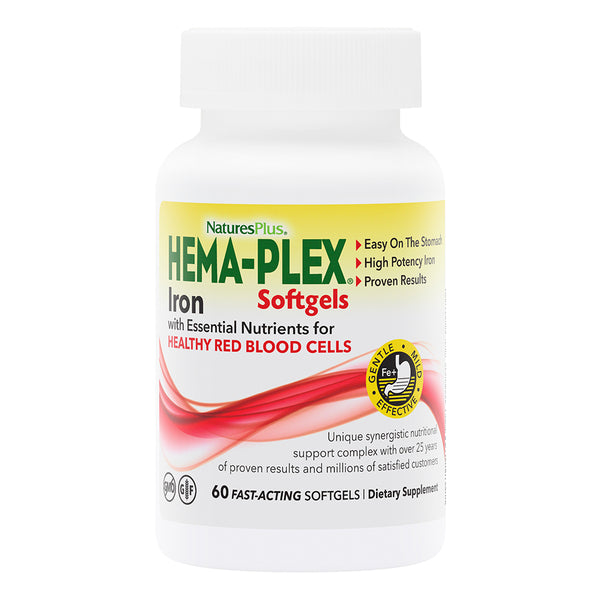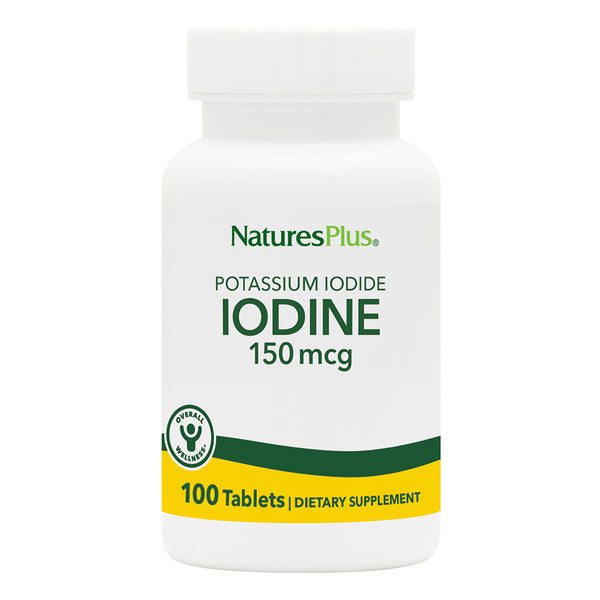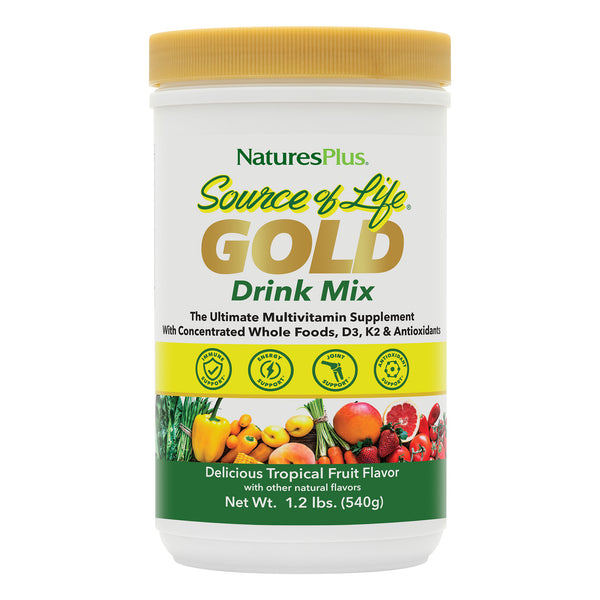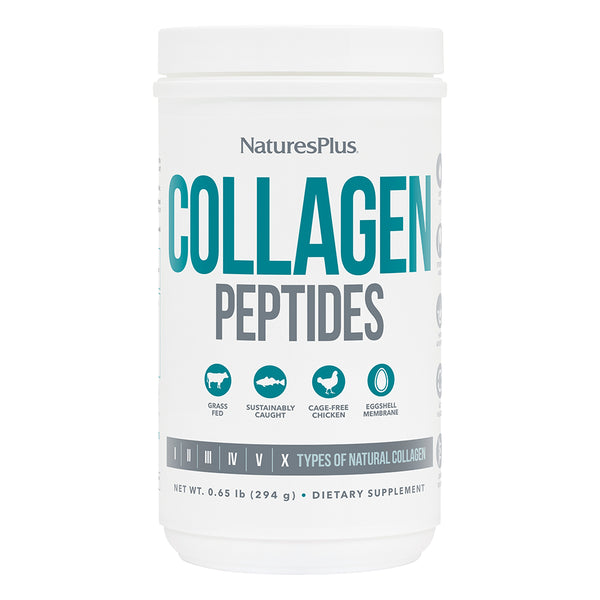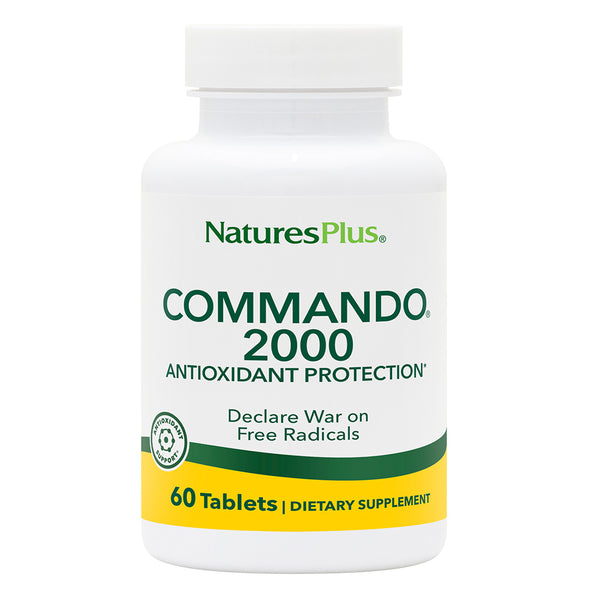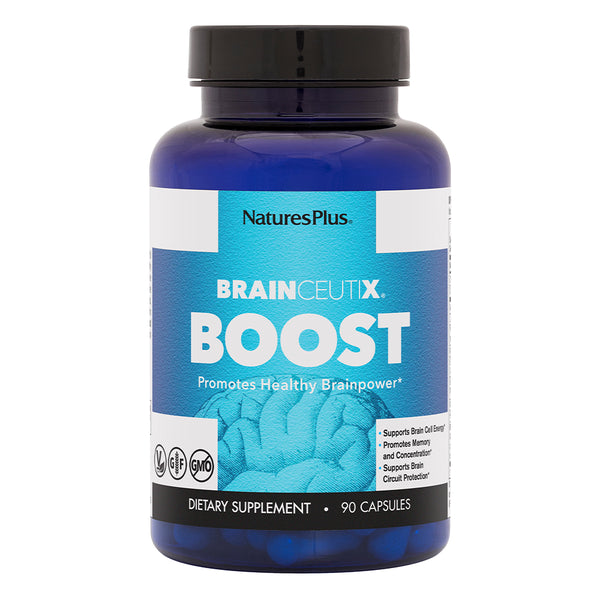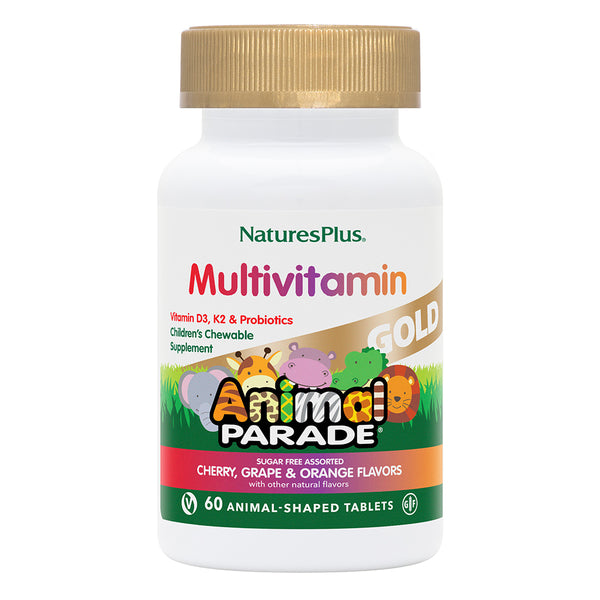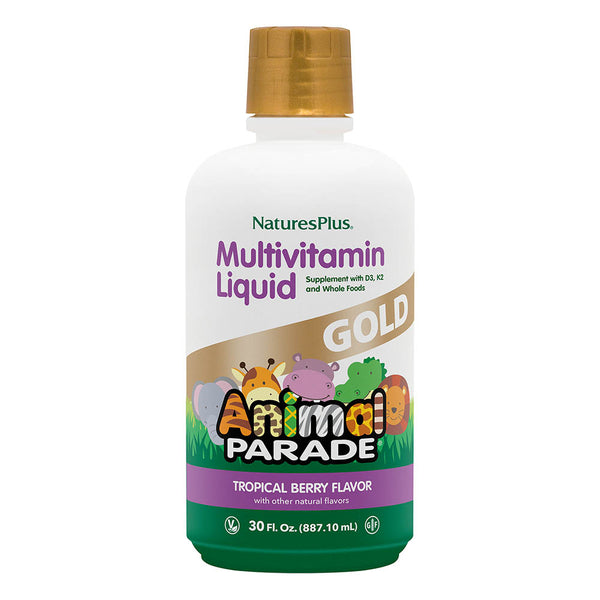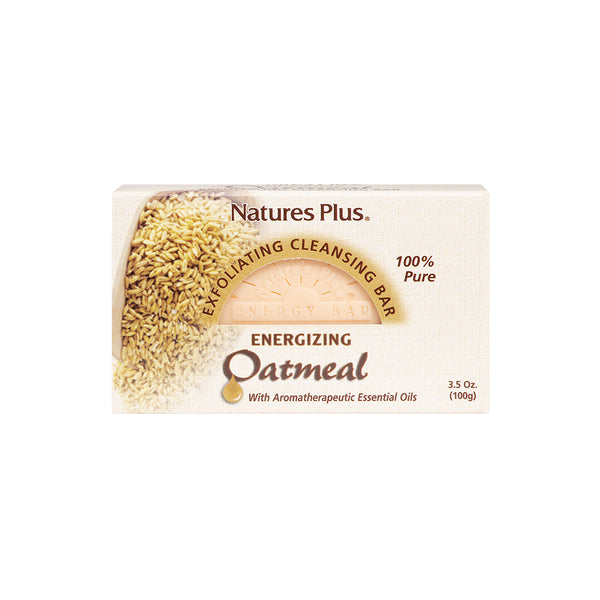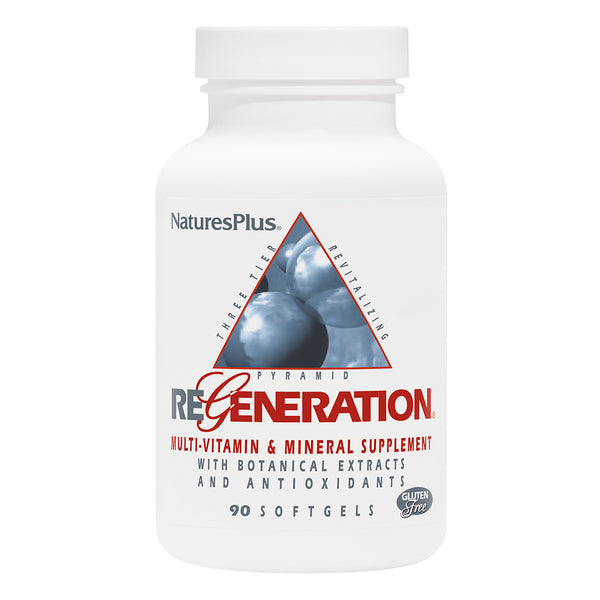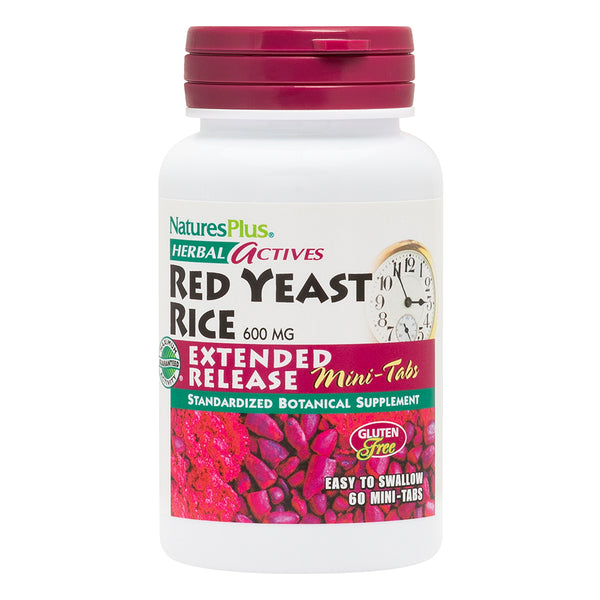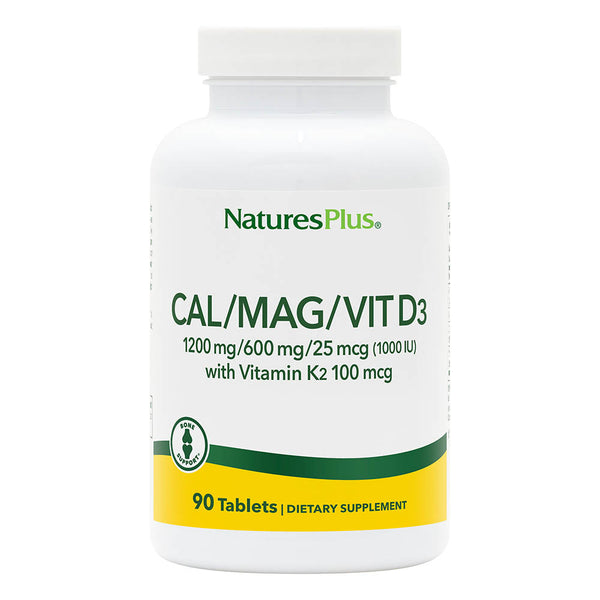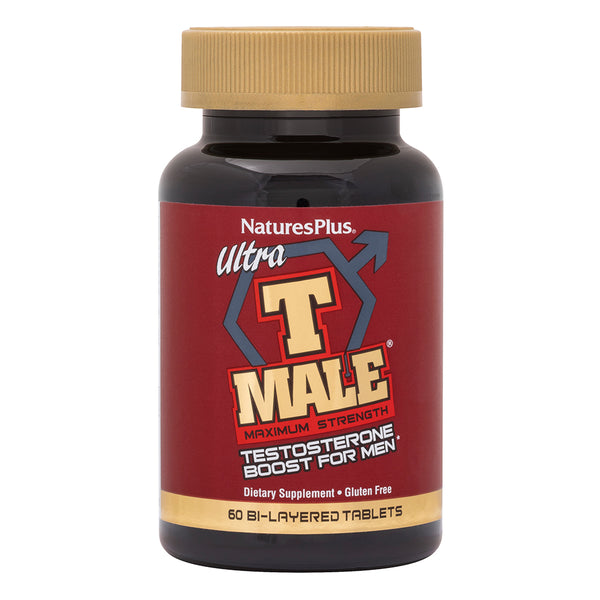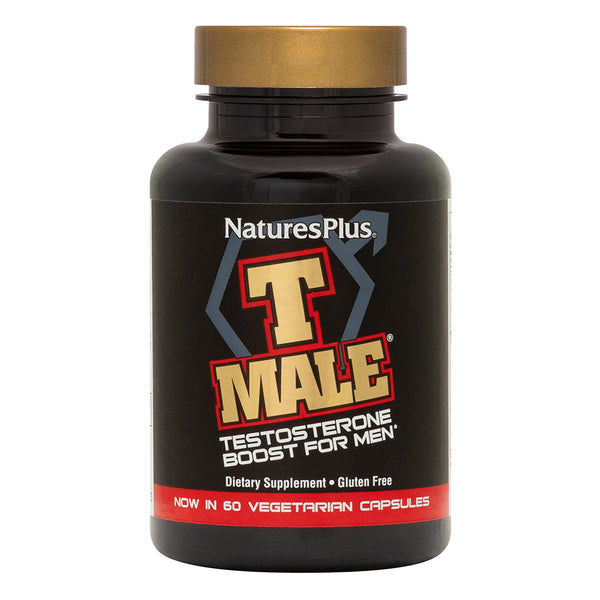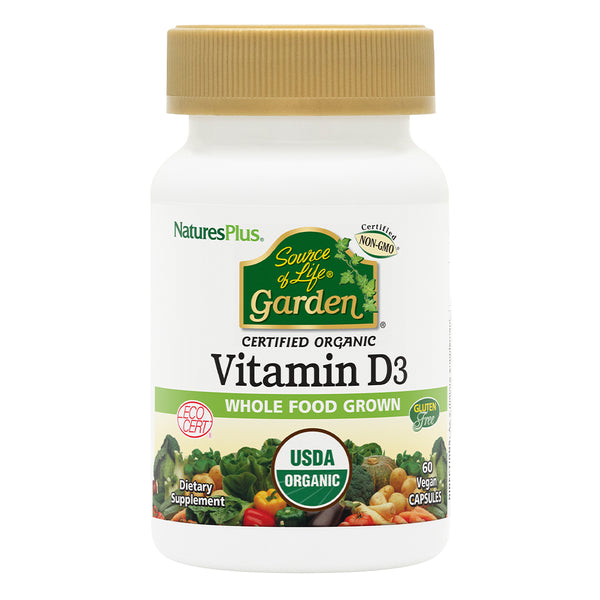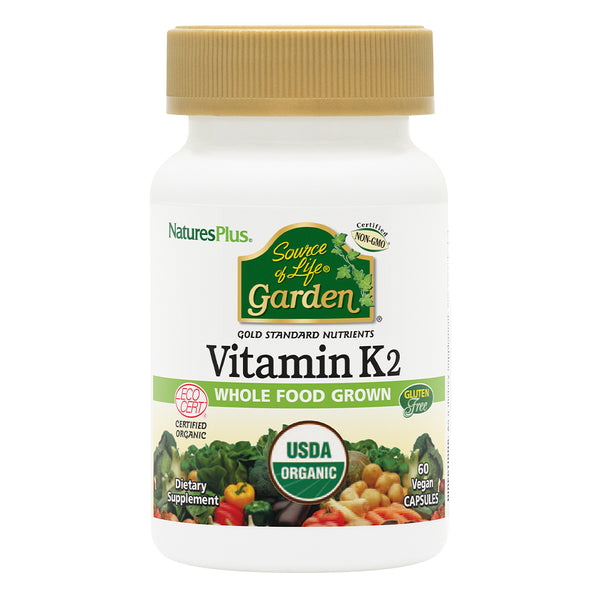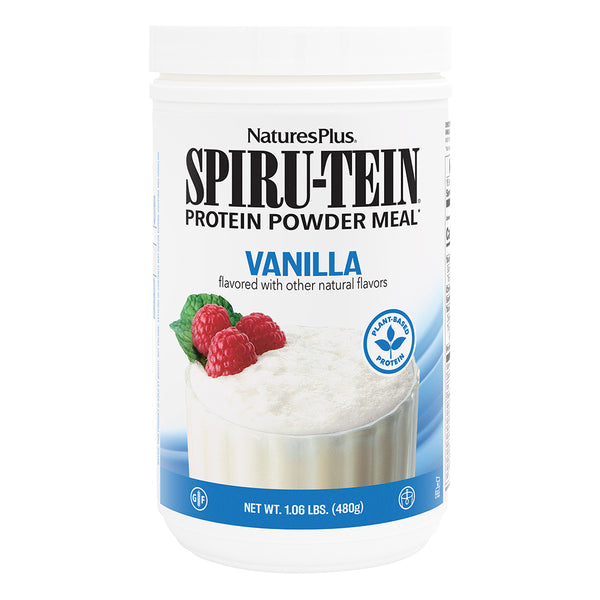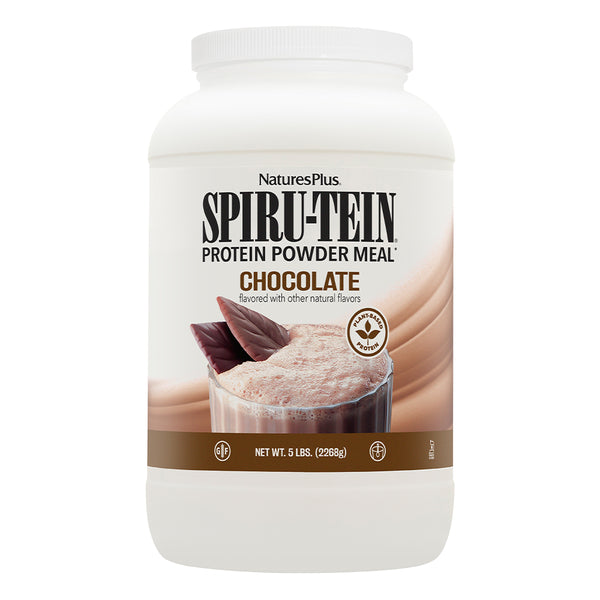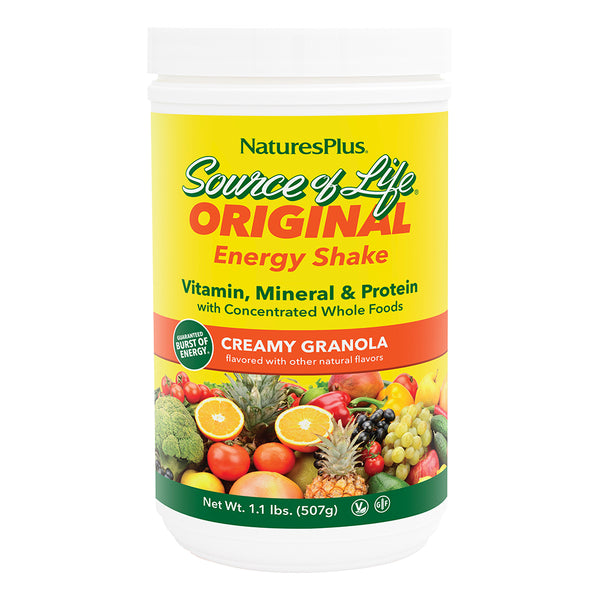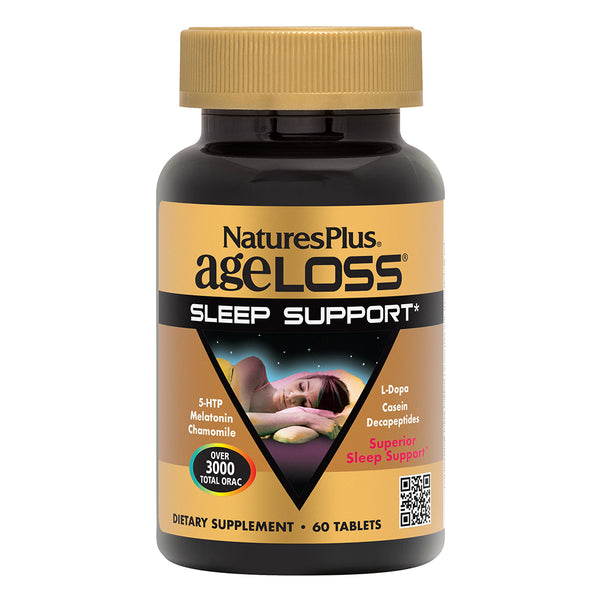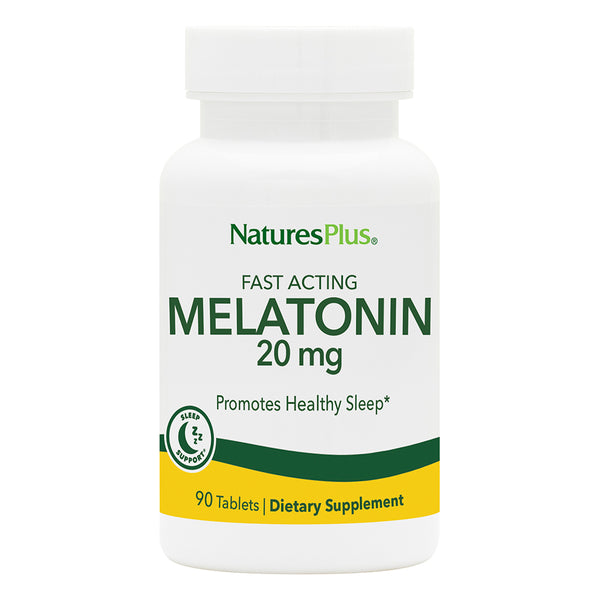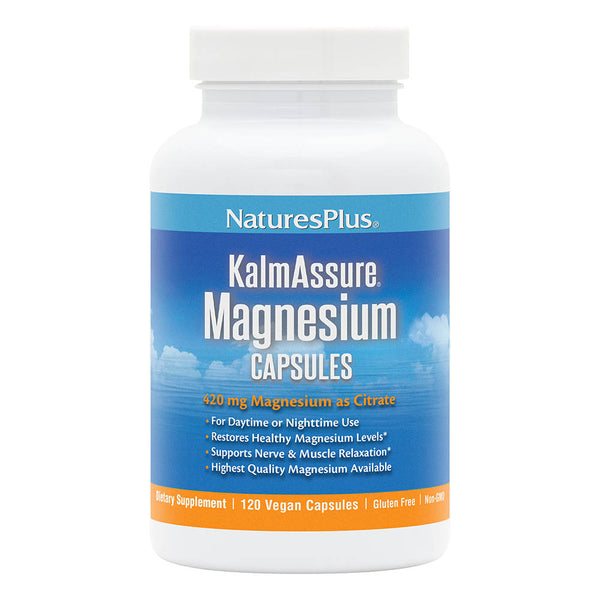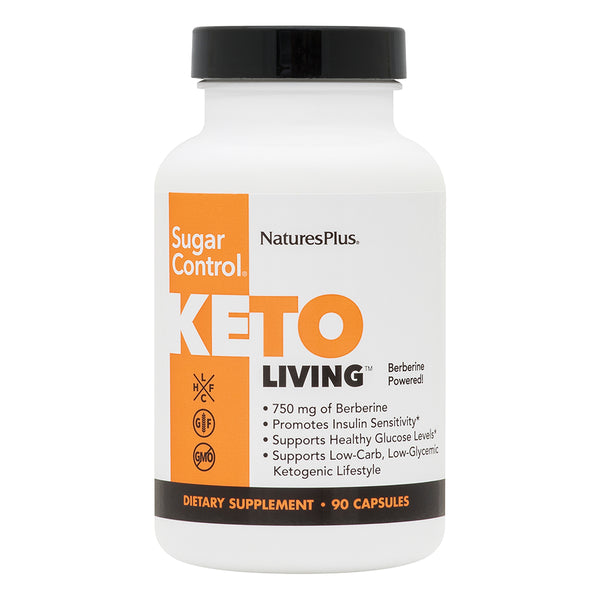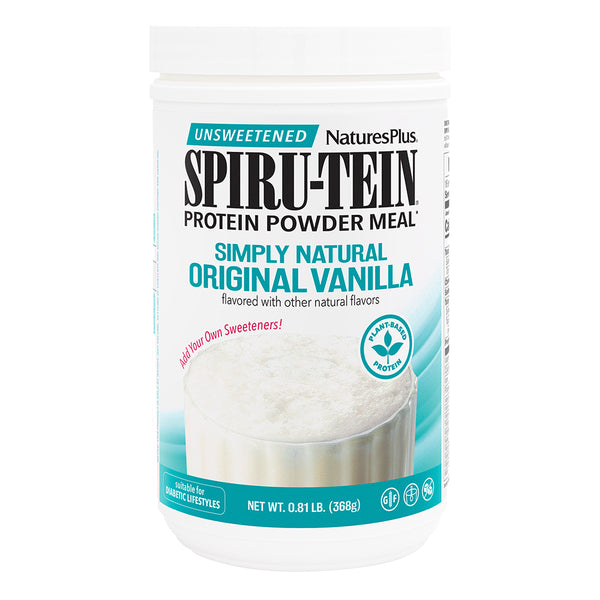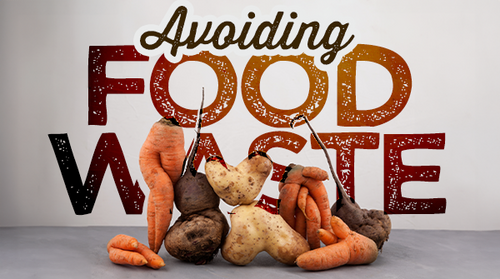Proteins are among the biggest molecules in the body, responsible for giving cells their shapes, providing energy and creating hormones—among many, many other uses.
What makes proteins so versatile? They are made of 20 smaller building blocks called amino acids, which can be attached to each other in thousands of combinations.
What Makes Some Amino Acids “Essential”?
Of the 20 amino acids, nine are considered essential, meaning they must come from your diet because your body can’t create them on its own. They are histidine, isoleucine, leucine, lysine, methionine, phenylalanine, threonine, tryptophan and valine.
In addition, eight of the remaining 11 aminos areconditionally essential, meaning you need them under special circumstances such as stress or illness. They include arginine, cysteine, glutamine, tyrosine, glycine, ornithine, proline and serine.
What Are Amino Acids Used for in the Body?
It might be easier to ask what amino acidsaren’t used for. Besides helping to create your body’s physical structure, amino acids play roles in the following:
- Energy Support: Some aminos, such as leucine, isoleucine and valine, can be used by muscle cells to support energy production.*These statements have not been evaluated by the Food and Drug Administration. This product is not intended to diagnose, treat, cure or prevent any disease.
- Enzyme Activity: These substances, which promote chemical reactions within the body, require amino acid support.*These statements have not been evaluated by the Food and Drug Administration. This product is not intended to diagnose, treat, cure or prevent any disease.
- Hormone Production: Some of these critical substances, such as the thyroid hormone thyroxine and sleep-regulating melatonin, require amino acid support.*These statements have not been evaluated by the Food and Drug Administration. This product is not intended to diagnose, treat, cure or prevent any disease.
- Immunity: Amino acids play a key role in supporting immune health.*These statements have not been evaluated by the Food and Drug Administration. This product is not intended to diagnose, treat, cure or prevent any disease.
- Metabolism: Some amino acids support the processes by which the body breaks down food into substances that can be used for energy production.*These statements have not been evaluated by the Food and Drug Administration. This product is not intended to diagnose, treat, cure or prevent any disease.
- Neurotransmitters: Amino play a role in supporting the function of substances that allow nerve cells to communicate with each other.*These statements have not been evaluated by the Food and Drug Administration. This product is not intended to diagnose, treat, cure or prevent any disease.
What Foods Contain Amino Acids?
Foods that contain all nine essential amino acids are referred to ascomplete proteins. Many of them are animal-based, such as dairy, eggs, meat, poultry and seafood. Some plant foods—most notably buckwheat, quinoa and soy—are also complete proteins.
Some plant-based foods—such as beans (and other legumes, such as lentils and peas), nuts, seeds and whole grains—are referred to asincomplete proteins, meaning that they lack one or more of the essential amino acids. However, eating a plant-only diet doesn’t create a problem as long as you eat a variety of plant proteins over the course of each day.
Like this article? You’ll love our weekly newsletter
sign up here!
**These statements have not been evaluated by the Food and Drug Administration. This product is not intended to diagnose, treat, cure or prevent any disease.
